12 Strategies For Creating A Culture Of Problem-Solving In Your Classroom
Problem-solving and critical thinking are both skills and habits that allow students to apply and transfer academic knowledge into the real-world.
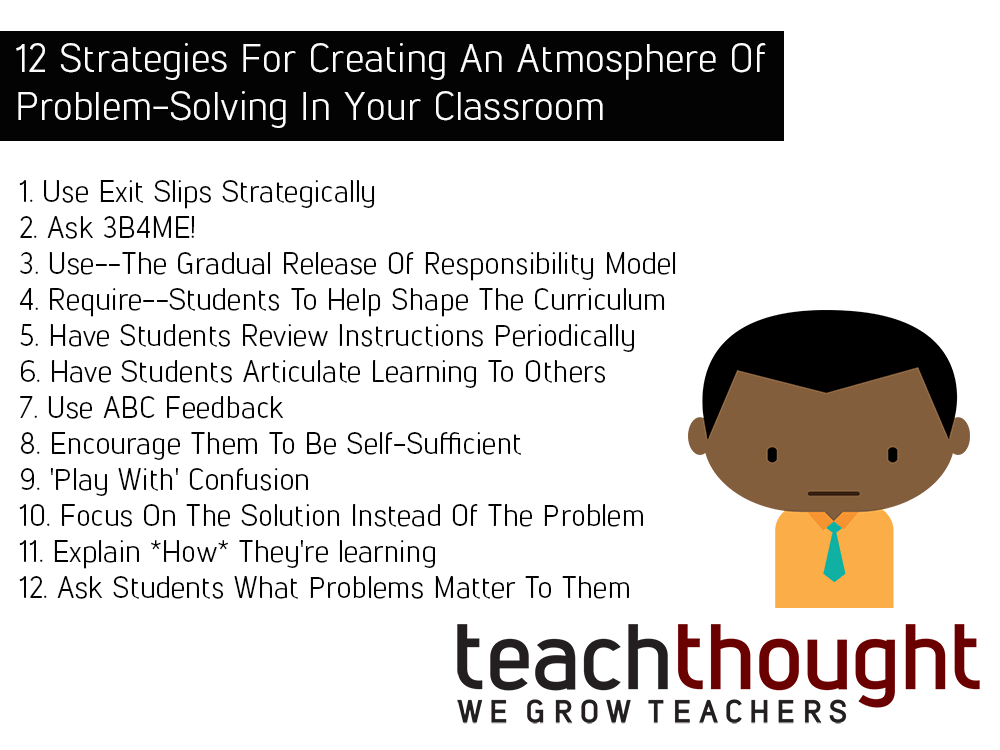
Problem-solving and critical thinking are both skills and habits that allow students to apply and transfer academic knowledge into the real-world.
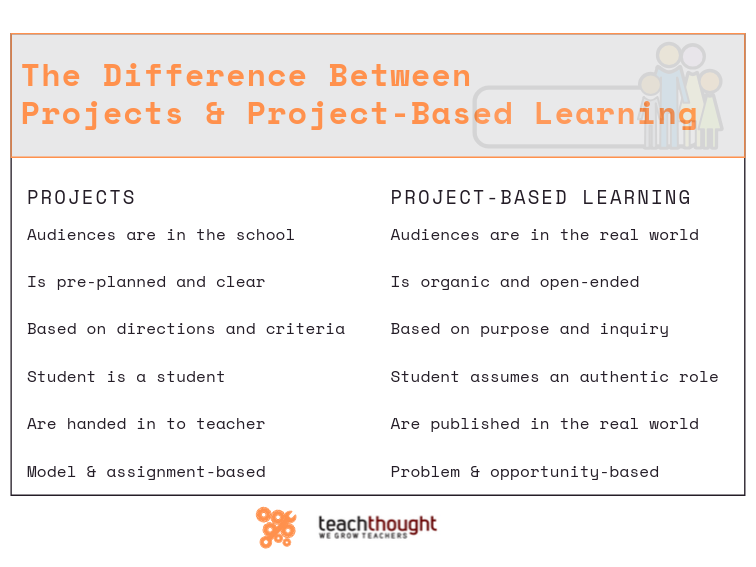
What’s the difference between projects and PBL? In PBL, the focus is not on projects but the process of learning through projects.
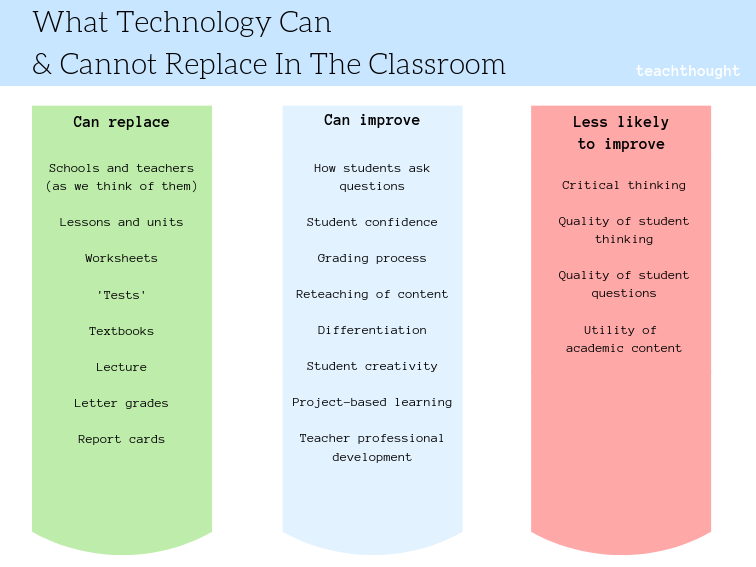
From curriculum maps and report cards to metacognition & field trips, here are some examples of what technology can replace in the classroom.
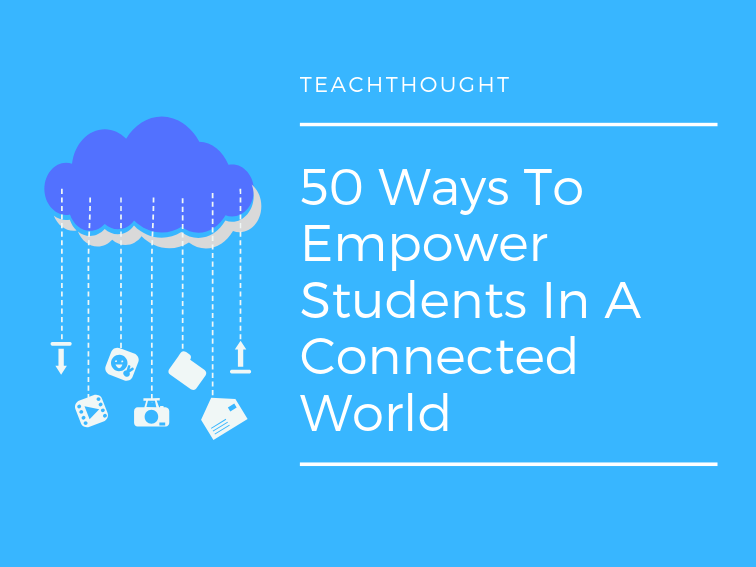
From voice and choice to global collaboration and opportunity, there are many ways to empower students in the modern classroom.
Technology in classrooms can often allow students with special needs to learn without a special curriculum.
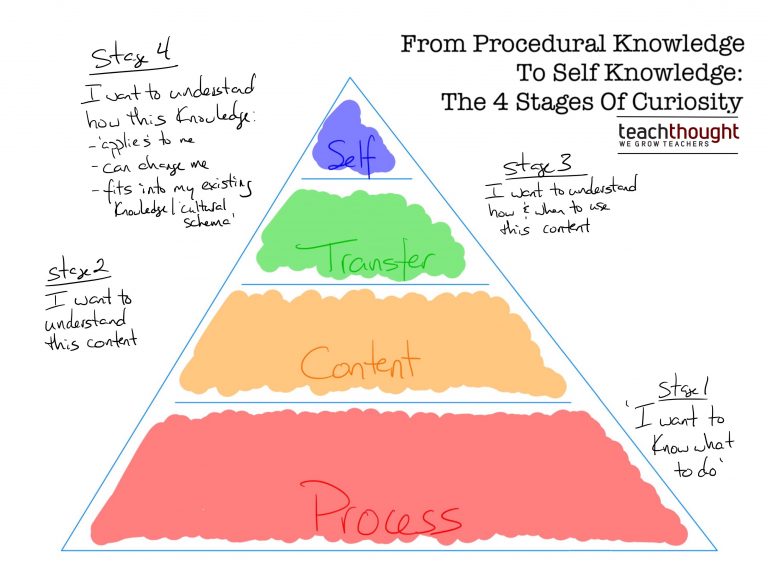
In the first stage of curiosity, students are primarily concerned with procedural knowledge: What they’re supposed to do and how.
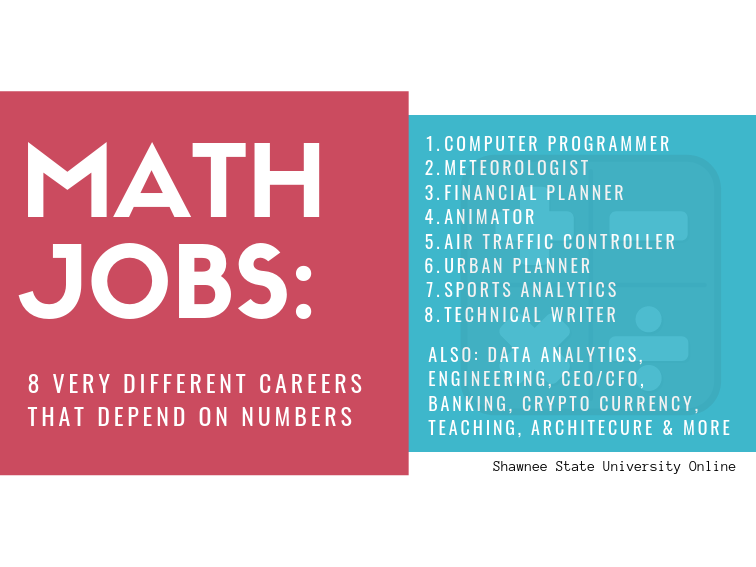
Math jobs from engineering and meteorology to financial planning & research are increasing as technology deepens its cultural relevance.
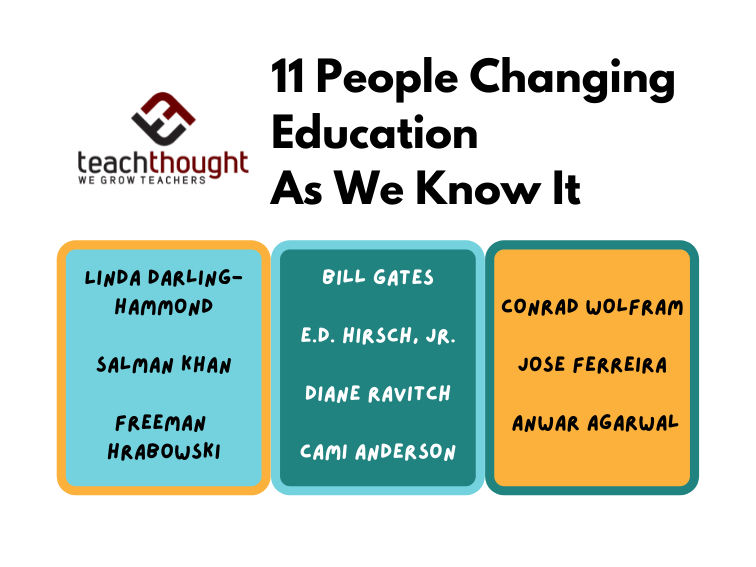
These individuals have cemented their place as forces of educational change by being outspoken advocates and leaders in innovation.
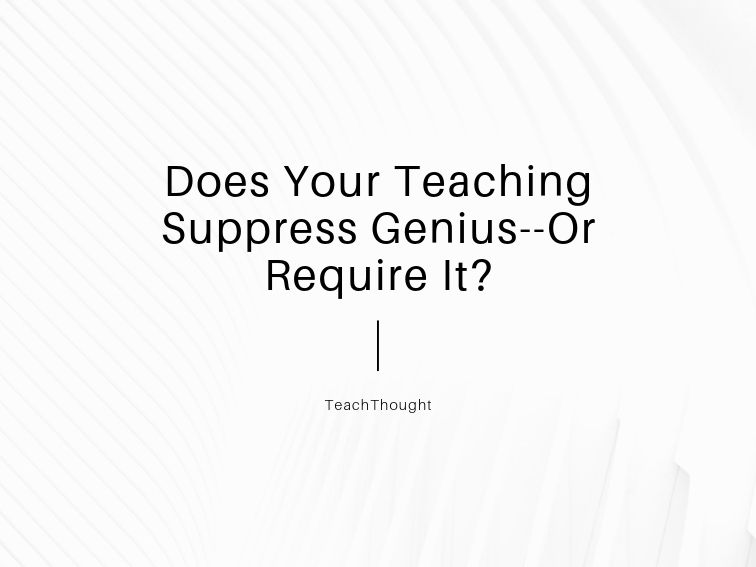
What happens when, after demonstrating mastery of every standard we can think of, students are exceptional at absolutely nothing?
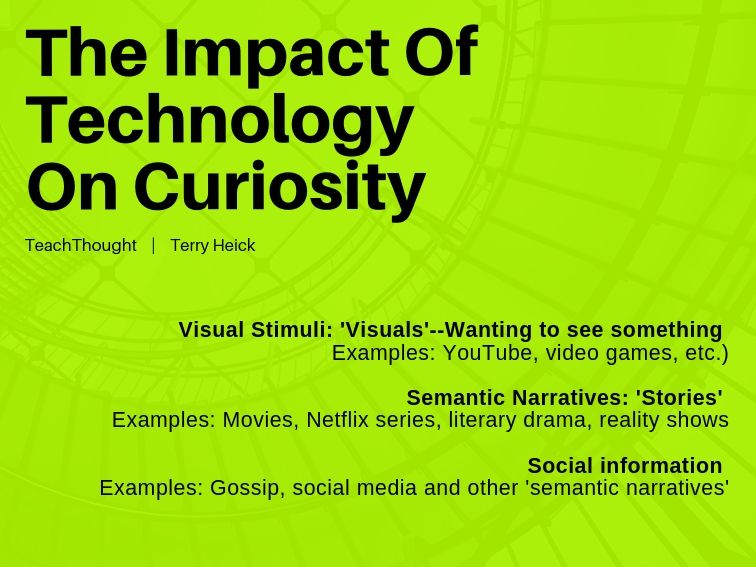
Understanding the impact of technology on curiosity suggests that we first understand the role of curiosity in the learning process itself.

The benefits of a work-study program include flexible scheduling and the ability to gain non-academic skills & experience outside of class.
Carl Sagan’s ‘The Pale Blue Dot’ has been the voiceover for countless YouTube videos over the years, but this one is the best I’ve seen.
End of content
End of content